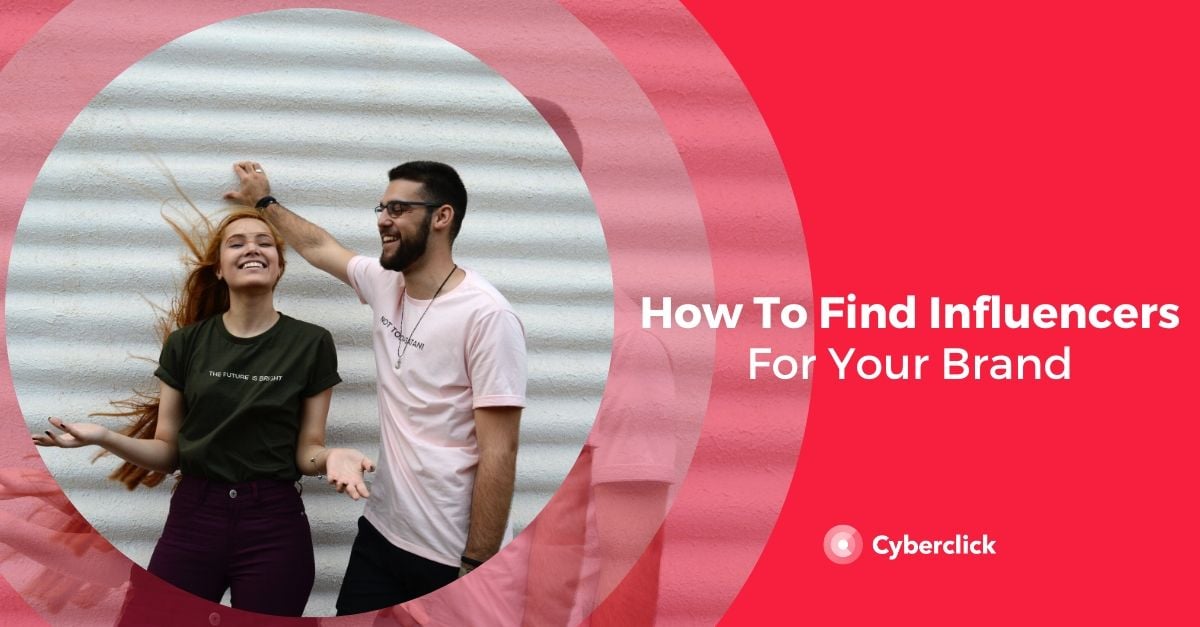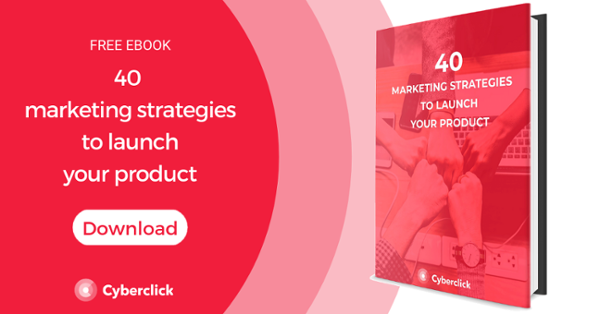Finding the perfect influencer and establishing a mutually beneficial relationship with them is a dream for many brands. Year after year, influencer marketing continues to show its effectiveness.
But finding the perfect influencer isn't always an easy task. How do you find them, and how do you know if they're right for your brand?
In this article we'll explain how to find influencers to partner with and what type of influencers you should try to work with. Let's go!

The Characteristics of a Good Influencer
In general, we define an influencer as a person with a presence and influence online and who can play a branding role. But let's take a closer look at what common features influencers share:
- They have an audience of a certain size (usually made up of followers on social media or readers of your blog). There is no official consensus on how many followers an influencer should have to be considered as such, but in general we follow this classification:
- Micro-influencers (from 1000 to 100,000 followers)
- Mid-influencers (from 100,000 to 500,000)
- Macro-influencers (500,000 to one million)
- Celebrities (more than one million followers).
- They have authority over their audience. Their followers pay attention to their recommendations, which means they can directly contribute to improving brand results. This authority may come from having an aspirational character (their followers want to be like them in terms of lifestyle and will therefore tend to buy the products they use) or by being positioned as an expert around a particular subject (their followers trust their knowledge and therefore the quality of the products they recommend.)
- They have a good relationship with their audience. More than the numbers of raw followers, what makes an influencer interesting is the engagement rate of their posts. The best influencers are concerned with constantly nurturing the relationship with their audience, responding to their feedback proactively, and offering them the content that interests them most.
- They have a good relationship with brands. And that's not to say that they spend their whole day promoting them, but rather the opposite: they don’t constantly publish promoted content, they recommend only the products they actually use and trust, and they create good quality content for your promoted posts because they genuinely enjoy working with your brand.
Types of Influencers
Now that we know what an influencer is, let's look at a general ranking that can help us distinguish which profile is the best for your campaigns.
1. Celebrities
The origin of influencer marketing is in celebrity-promoted products. Making the actor or athlete of the moment use one of the brand's products in public is a pre-social media strategy, but social media has made it even easier to establish this type of promotional relationship.
While using celebrities to do influencer marketing is still effective, it's not the best solution for all brands. Here are some things to keep in mind before deciding on this type of influencer:
- The budget. Generally, the cost of these campaigns is only available to big brands. However, there are some exceptions, such as when it comes to a product that the person is already using or a natural relationship (musicians and instrument brands, for example).
- Credibility. Although celebrities often have thousands or millions of users, it's unclear how much influence they actually have on those followers. The use of celebrities as brand influencers is well known to users, and that can affect the effectiveness of the campaign.
- Possible controversies surrounding the celebrity in question. You have to very carefully select the type of celebrity that you use and be prepared to face any possible controversy. A good example is Kendall Jenner and Pepsi.
2. Opinion Leaders and Industry Experts
These influencers have obtained their authority through their qualifications, their work or their experience around the subject in question. These types of influencers include journalists, academics, industry experts, and professional advisors.
As is the case of celebrities, a form of influencer marketing with these types of people was already done before social media. For example, using public relations tactics to get mentions of the brand in television shows or newspapers.
For brands, getting a media presence through this type of influencer can have a very positive impact on their reputation, as it will make their products and services perceived as higher quality.
3. Bloggers and Content Creators
This type of influencer exists solely due to digital marketing. The authority of these users comes directly from their blog or their presence on social media, and for brands there are several options to partner with them:
- Trying to get a mention of the brand's products and services, for example, by inviting the influencer to the brand launch events or by sending them free samples, similar to traditional public relations.
- Pay for sponsored content (for example, a blog post or a video on the influencer's YouTube channel). Here, instead of being a casual mention, the brand pays and has more control over the content being published.
- Post a guest post article to the influencer's blog. By doing this, the brand is exposed to the influencer‘s audience while controlling the content almost completely.
4. Microinfluencer
This type of influencer has gained popularity in recent years. They are an ordinary person who has managed to become known on social media for their knowledge on a very specific niche.
These users tend to have a smaller sphere of influence in terms of numbers, but this actually benefits them and audiences often perceive them to be a very real authority. Compared to the other types of influencers, they are not so used to working with brands and are often very selective in their collaborations.
How to Find Influencers and Partner With Them
- Start with your own followers. If you want to find the influencer of your dreams, my recommendation is that you start searching among the users who already follow your brand. This way, you will know that their interest is genuine and the communication will be much more authentic.
- Investigate thoroughly. Once you've analyzed your followers and their potential as influencers, the next step is to go a little further. To start your research, it's a good idea to look for relevant hashtags to your brand and see what type of users are using it. Try searching for niches or even microniches and see if the user profiles correspond to your ideal customers.
- Don't obsess over the numbers. Sometimes marketers fall into the mistake of rating follower numbers above everything else, but in the case of influencer marketing this is a clear mistake. Always go beyond this data and look at the engagement rate the influencer generates and the type of users that follow them. A modest but well-chosen influencer can be more beneficial to your brand than the most popular celebrity.
- Always look for the fit with your brand. Think about the essence of your brand, its mission, its values and its aesthetics, and do an analysis of the influencer's profile to see if it really matches. Only then can you create genuine content that really connects with both of your target audiences.
- Focus on building a relationship with your influencers, not short-term campaigns. Influencer marketing should be seen as a medium/long-term investment and not as a temporary patch for quick results (although this is also possible). Ideally, create a community loyal to your brand, which you can trust over the years and create a relationship that is beneficial to all parties. And for this, communication is essential.
- Respect the style and strengths of your influencers. Each influencer has a preferred style and means: there are those who are the king of Instagram Stories and those who prefer to express themselves with standard posts. So, instead of forcing them to take a certain format, let them express themselves by doing what they are best at.
- Clearly identify promotional content. Last but not least, remember that transparency is key to earning your audiences’ hearts. If they feel cheated, this will negatively impact your reputation and that of your influencer. So make sure that all promotional posts are clearly labeled as such and clarify as much as possible the relationship between brand and influencer.
Inbound Marketing & Content Strategist en Cyberclick. Experta en marketing online, gestión de contenidos, estrategia en redes sociales, y creación y optimización de campañas en social ads.
Inbound Marketing & Content Strategist at Cyberclick. Expert in online marketing, content management, social media strategy, and creation and optimization of campaigns in social ads.






Leave your comment and join the conversation